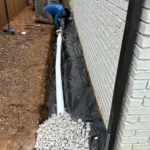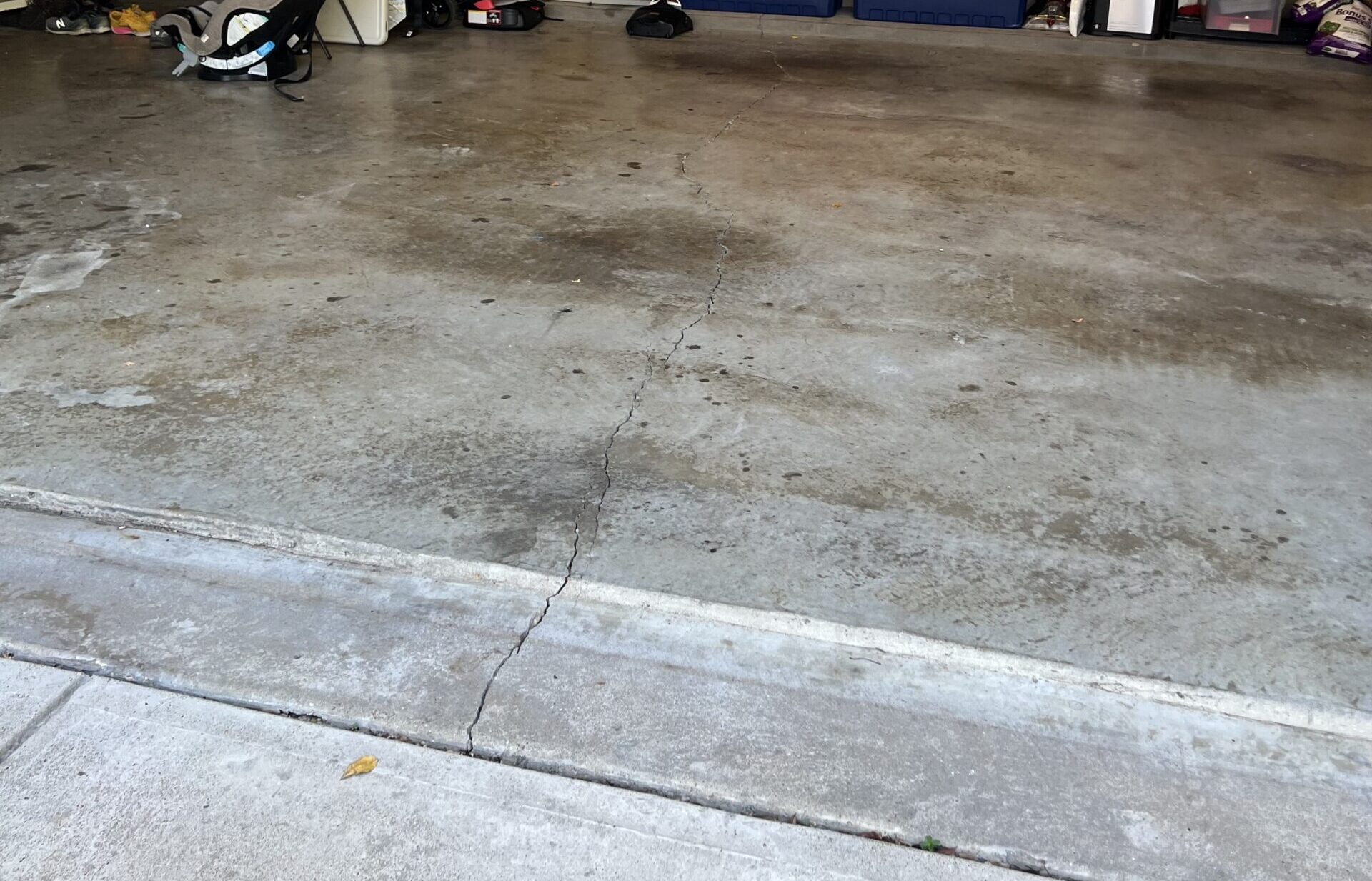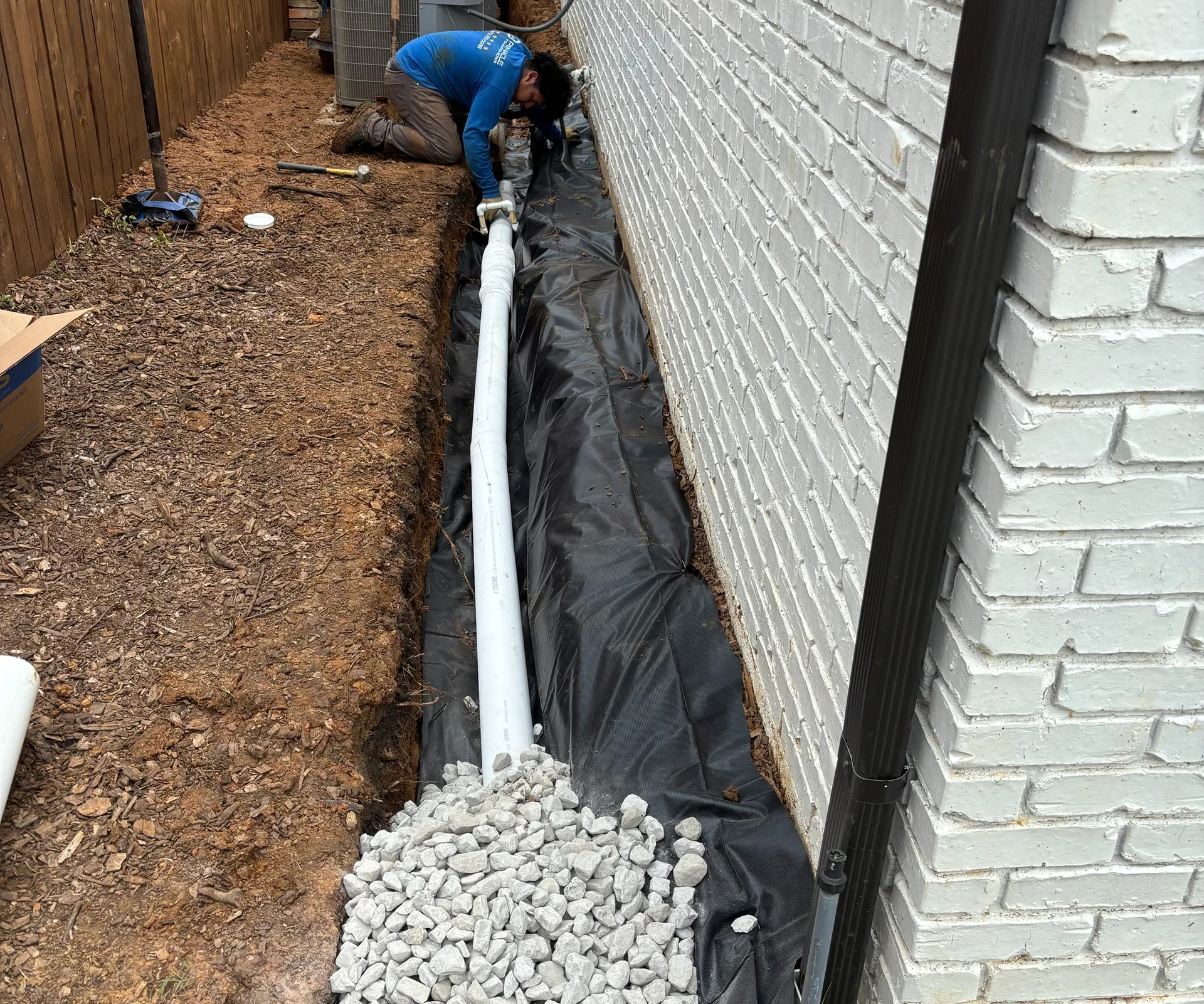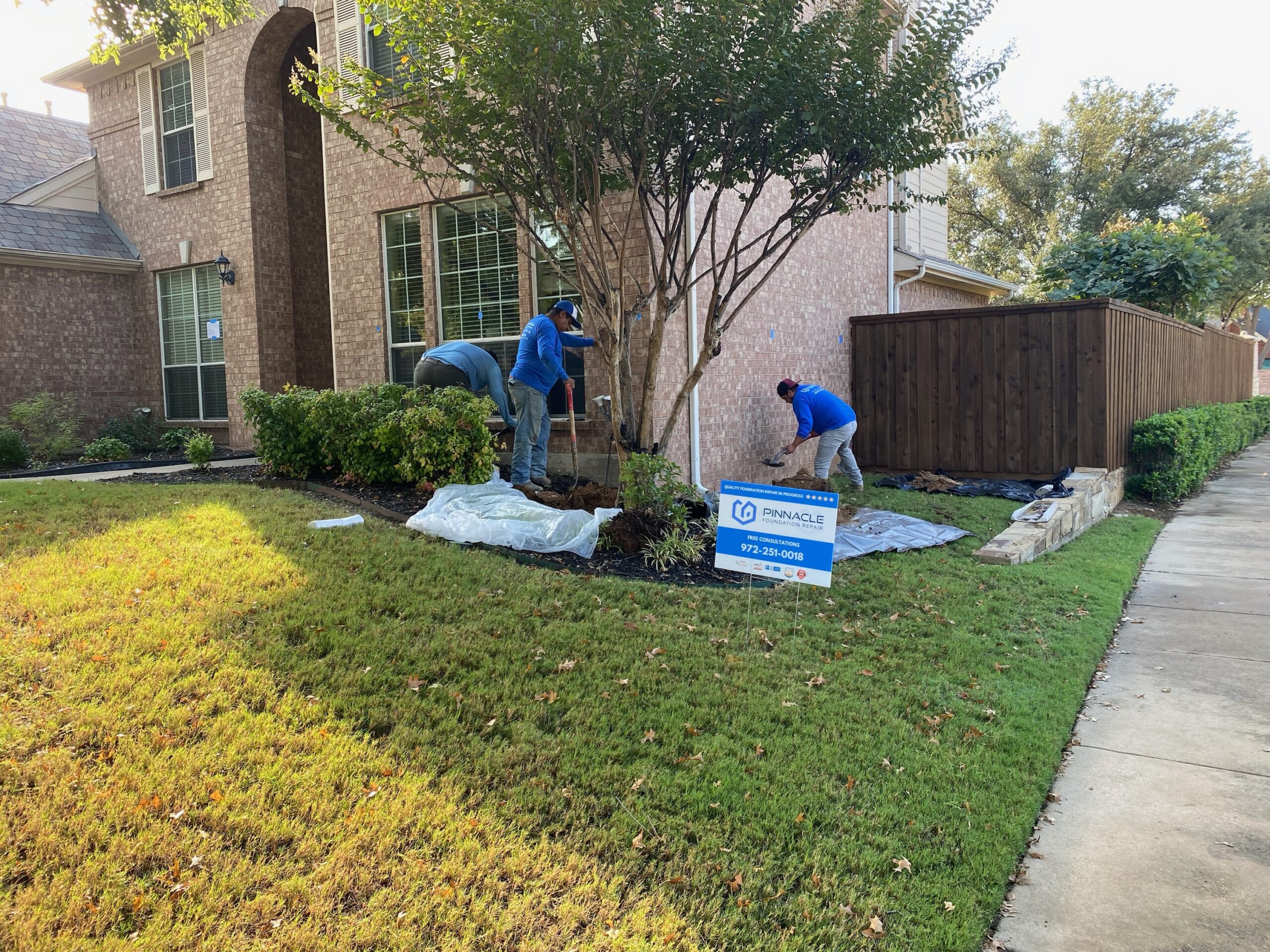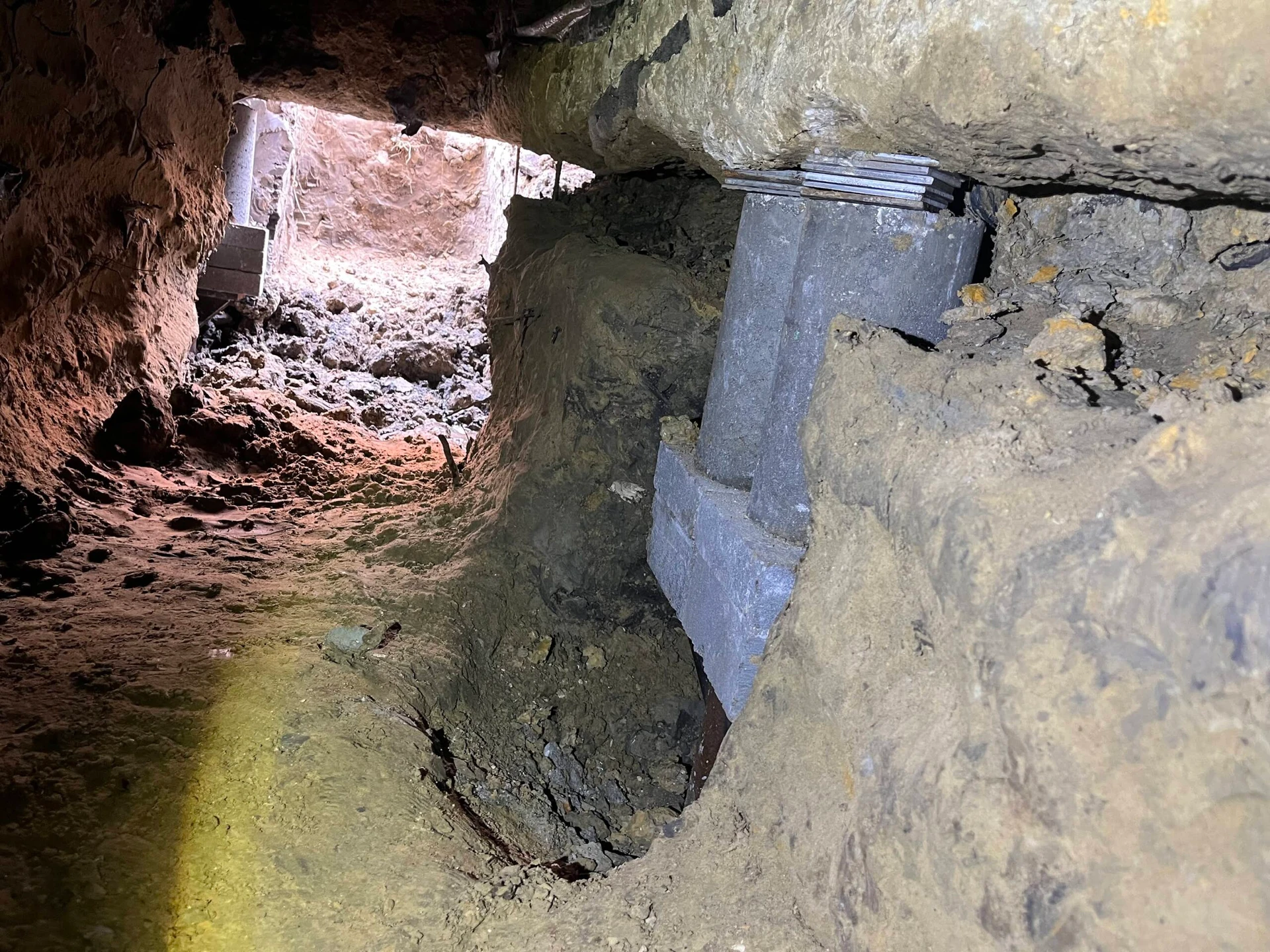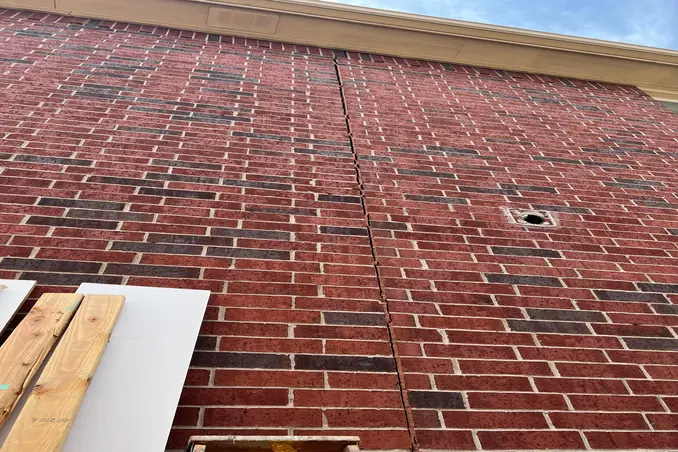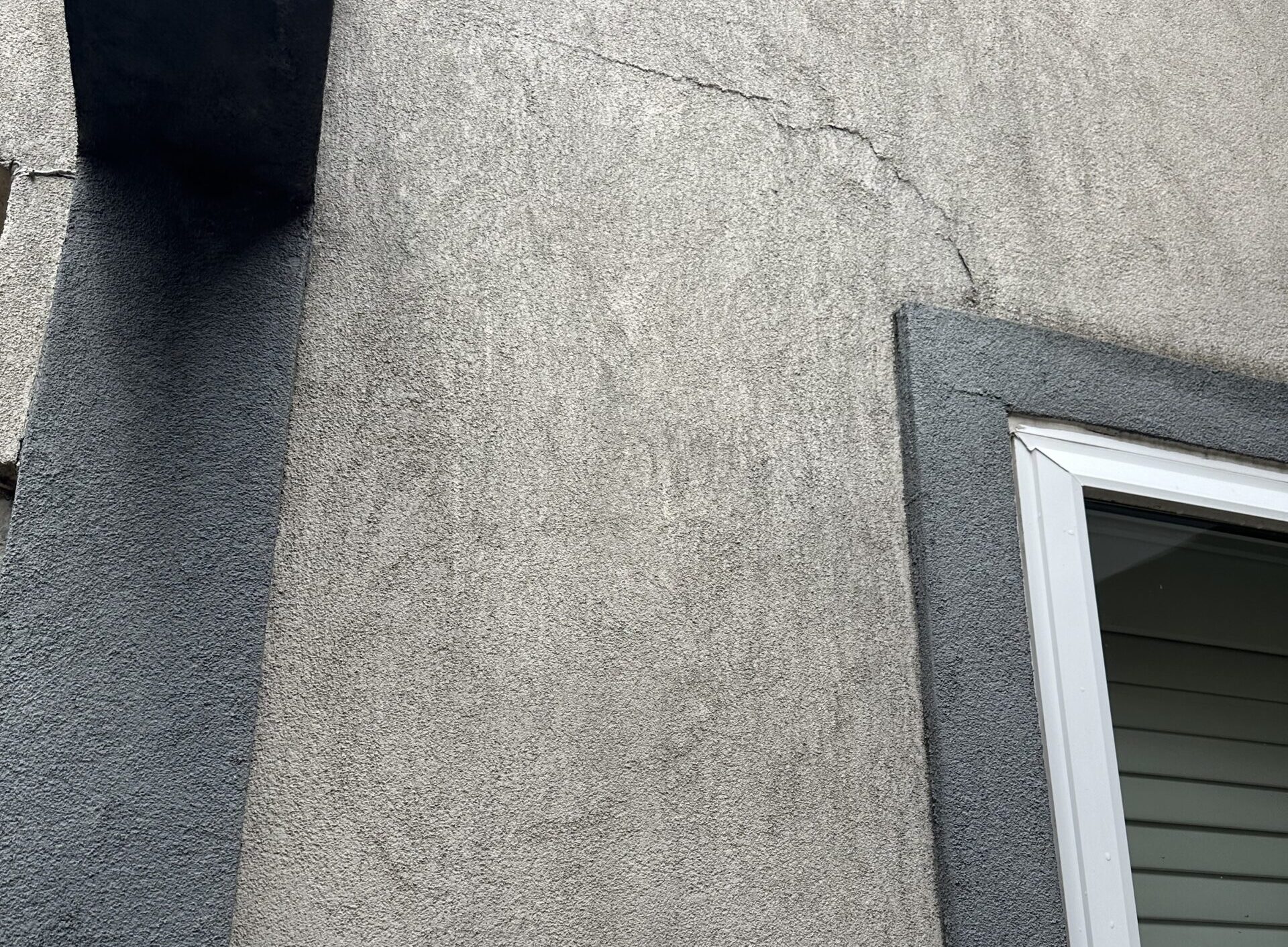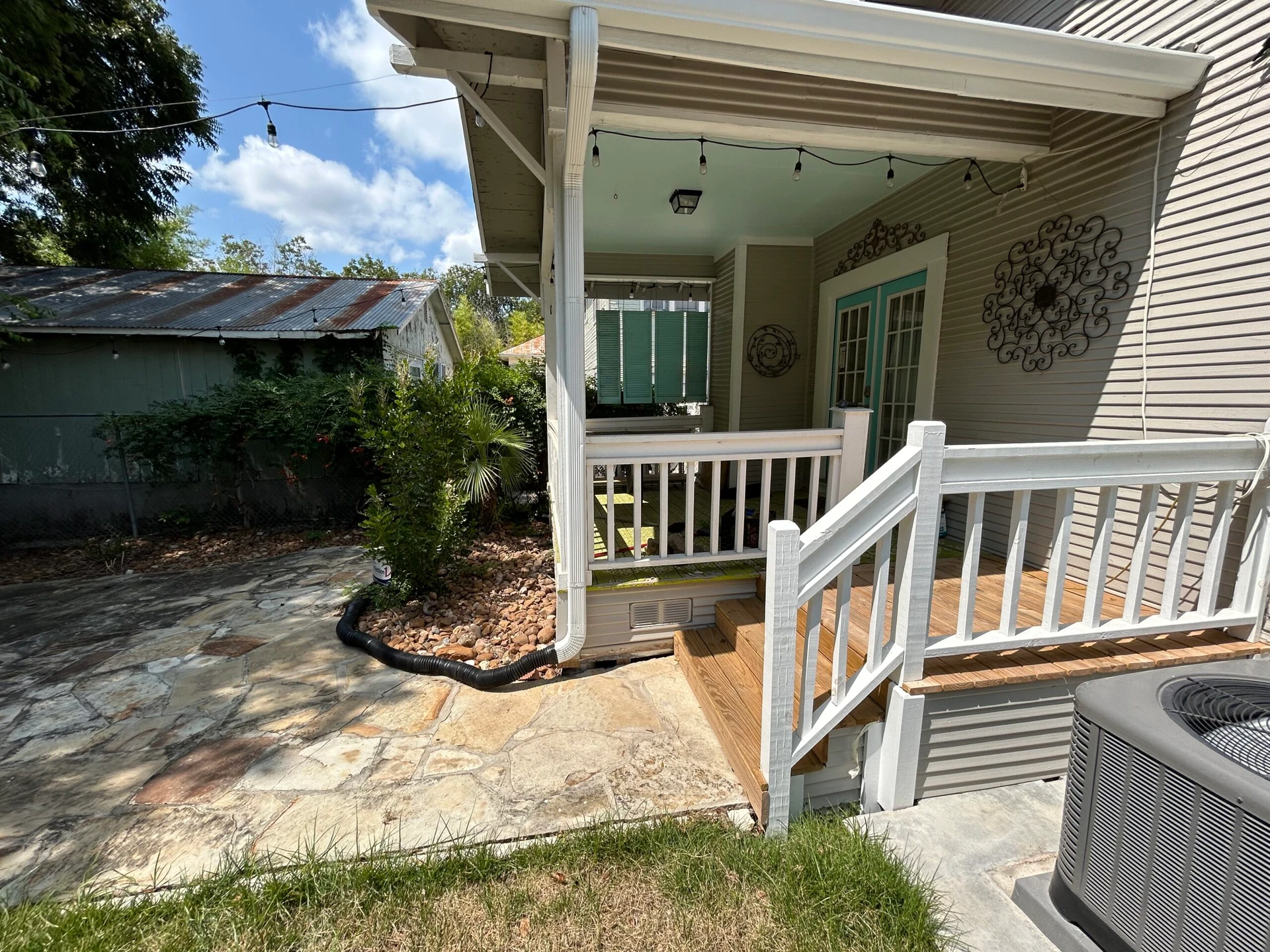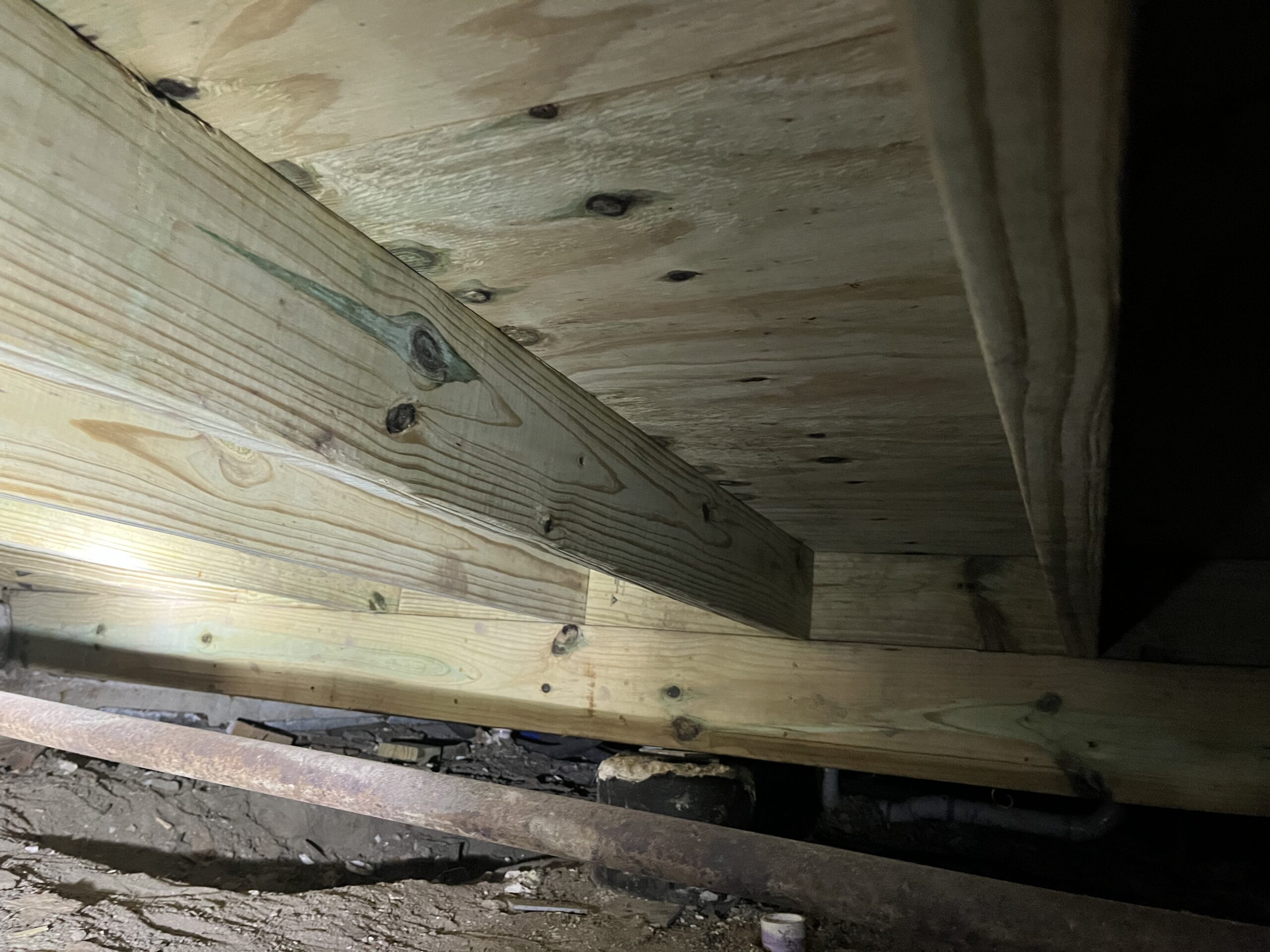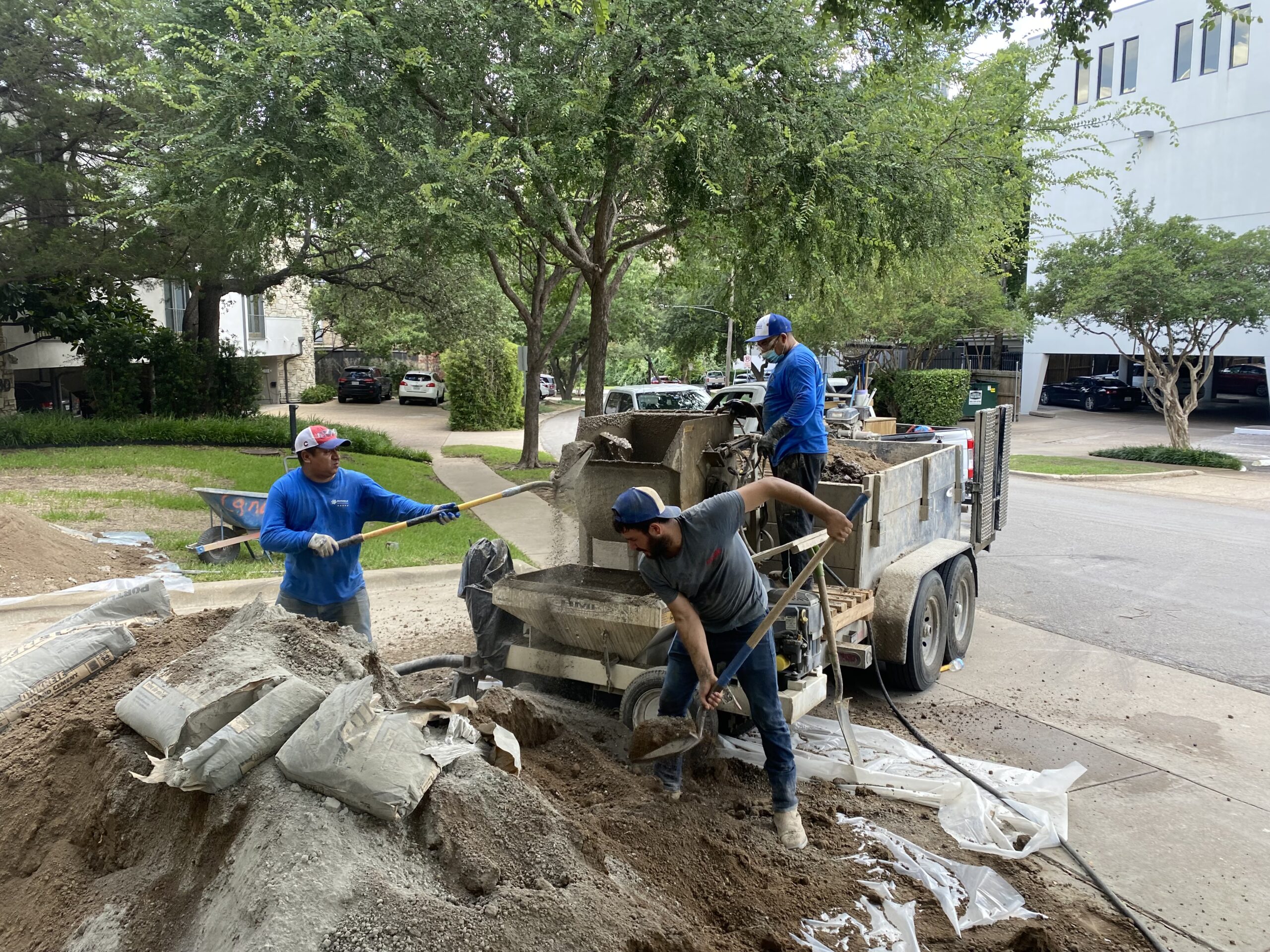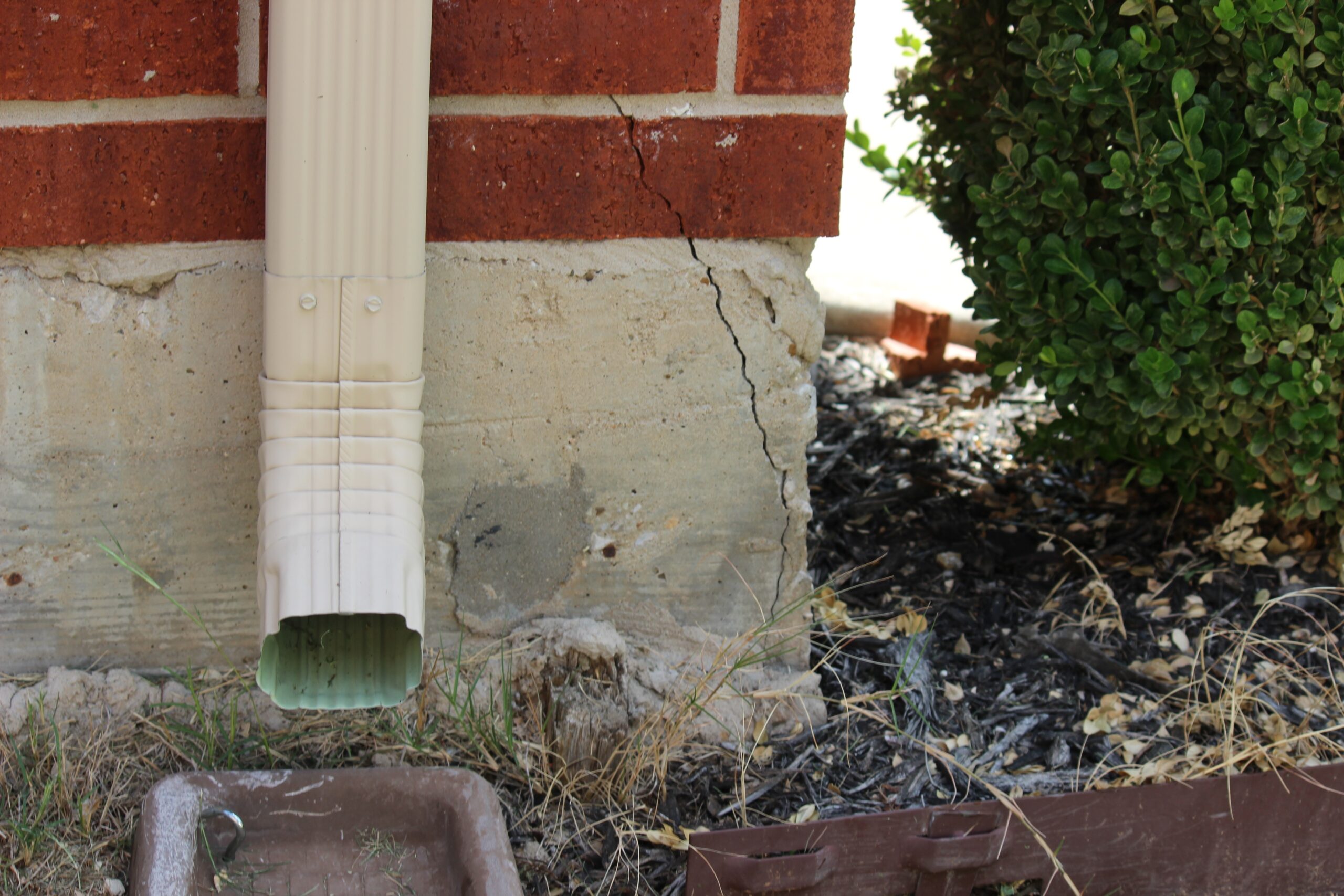Imagine facing Texas’s relentless heat in the coming decades, with projections soaring to a scorching 125 degrees Fahrenheit. In addition to roads and plants feeling the burn – your home’s foundation is at risk too.
These days in North Texas, triple-digit temperatures are the norm for at least three months. Even temperatures in the 90s can wreak havoc on your home’s foundation, especially when coupled with a lack of rainfall, causing cracks in your walls, sticking doors, and titling floors – clear signs of foundation trouble.
In fact, some homeowners reeling from 2023’s early heatwave are dealing with foundations sinking a shocking two inches in just 30 days. Repairing the damage doesn’t come cheap, and if you let a compromised foundation linger, you’re looking at even costlier fixes down the road.
Experts say we need to be proactive, getting a foundation inspection after any severe weather spells.
But here’s the good news – Texas homeowners have tricks up their sleeves to battle the summer heat’s impact on foundations. Learn how to spot signs of foundation damage and get some preventative tips to protect your home and tackle those common foundation problems that plague us every summer.
How does the summer heat affect foundations?
Causes shrinking soil
When the Texas heat cranks up to extreme levels, the consequences extend beyond the scorching sun. The soil, a critical foundation for your home, becomes dehydrated and rapidly loses its moisture, triggering a troublesome chain reaction. This is particularly concerning if your home’s foundation rests upon clay-rich soil, known for its water absorption in wet seasons and rock-like hardness in dry spells. As the heat intensifies, the ground contracts, leading to visible signs of distress.
Picture this: cracks start forming in the floor and walls, gaps emerge between exterior windows, and drywall shows undeniable signs of stress. The shrinking soil can no longer provide the robust support your home’s foundation requires. As the foundation loses its stability, these telltale signs become more than mere cosmetic issues – they’re red flags signaling potential structural problems.
The rapid drying and shrinking of soil can also create substantial gaps beneath your house, exposing more of the foundation to airflow. This influx of air intensifies the drying process, increasing the risk of foundation cracks. Even if the foundation itself remains intact, the dried-up soil gaps contribute to sinking, echoing the problems mentioned earlier.
Causes Foundation Cracks
Cracks can develop in the foundation if the ground surrounding it is significantly dry, especially scorching temperatures beyond 100 degrees Fahrenheit. Whenever the temperatures rise, the soil surrounding the slab will gradually shrink and detach from your home.
Cracks tend to weaken concrete, resulting in the settling or sinking of the foundation. When this happens, you may notice that the slab slopes or is no longer level.
Without moisture (in the air and the soil), foundations and concrete slabs can crack and crumble. Signs of cracking are more obvious than signs of crumbling. They aren’t usually noticeable to a layperson with an untrained eye. A foundation repair specialist is essential to assessing whether the severe Texas summer heat is causing a structure’s foundation to crumble.
Reduced Stability and Sinking Slabs
As we’ve learned already, when the soil loses its moisture due to the extreme summer heat, it undergoes a transformative process, shrinking and becoming less supportive of the foundation. This lack of support forces the foundation to settle, potentially causing further complications.
When constructing the foundation, engineers look at the building type and the ground’s load-bearing capacity to reduce the chances of stability issues. They’ll construct more complex and costly foundations on soft soils because they loosen when wet.
Natural hazards like heat waves, floods, and hurricanes affect the construction of a foundation because the slab has to withstand the devastating effects of these hazards. Extreme summer heat waves make the soil around the slab contract. As the heat wave worsens, the foundation may lose its stability, affecting other parts of your home.
Most homes have a foundation that is made of either concrete slab or pier and beam. These materials can withstand many years of wear and tear, but unfortunately, one variable that’s harder to control is the weather. Hot and dry weather acts to evaporate all of the moisture from your foundation, and over the course of the season, this can lead to cracking in your concrete or beams. When cracks occur, this leaves your foundation unsupported, and in turn, it slowly starts to sink. This process can repeat over time, and your home will continue to sink each time until it finds a place to resettle. Due to this process, you may find parts of your home tilting in whatever direction the foundation is sinking.
How Do I Protect My Home From Summer Weather?
Luckily, there are steps you can take to protect against heat-related damage and reduce the chance your home suffers a foundation problem.
For homeowners with concrete slab foundations, it’s important to keep the foundation moist by watering it. Using a sprinkling system can help to ensure that you cover most of the perimeter of your home’s foundation and keep it from getting too dry. If you have a pier and beam foundation, watering helps saturate the soil, limiting the chance of foundation collapse caused by dry soil. When watering, be sure to only do 10-20 minutes at a time, separated by many hours in order to give the ground proper time to saturate. Watering too much too fast could cause water to leak down into the foundation, causing other forms of damage to your home.
Many homeowners opt-out of watering during the summer months to save on costs. However, watering just a little bit every day could save you costly damages to your home in the future, making it worth the small increase on your water bill. Be sure to know your city’s water restrictions if they exist, as this can affect the amount that you should water.
When To Schedule A Foundation Repair
Despite your best efforts, your home’s foundation could still end up needing repair after many months of hot, dry weather. Be sure to look out for the warning signs, such as cracks along the walls of your home’s interior or exterior and other subtle signs such as doors sticking in their frames.
If you think you have an issue, call Pinnacle Foundation repair for a free estimate. Find out the extent of the damage (if any) and what we can do to ensure the foundation’s longevity. Our experts are highly trained, radically honest and equipped with the latest tech.
Fun fact: One in three visits reveals no work needs to be done. If we do find that work is necessary, we provide a fair estimate for repair and offer multiple financing options so you can pay any way you like.




